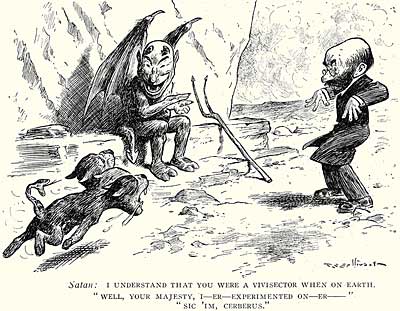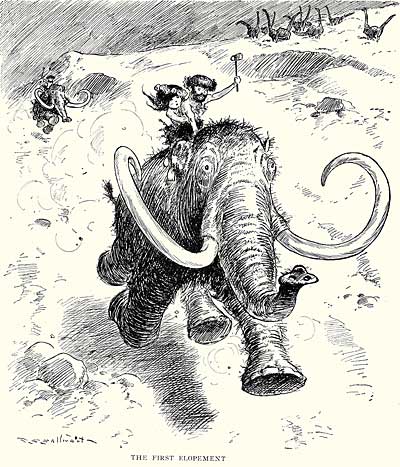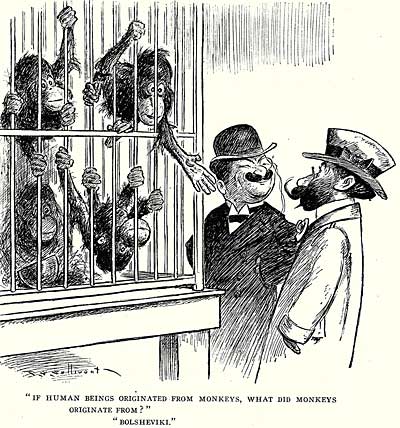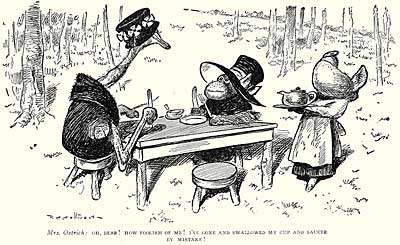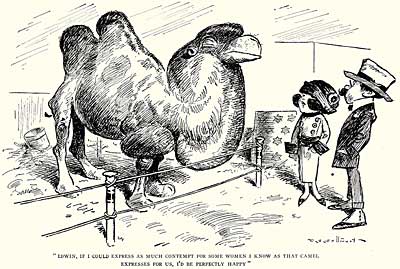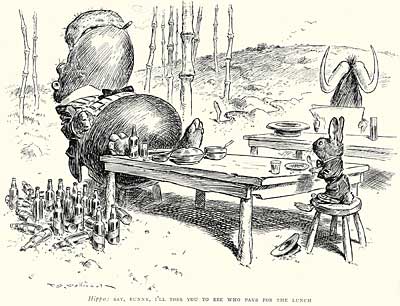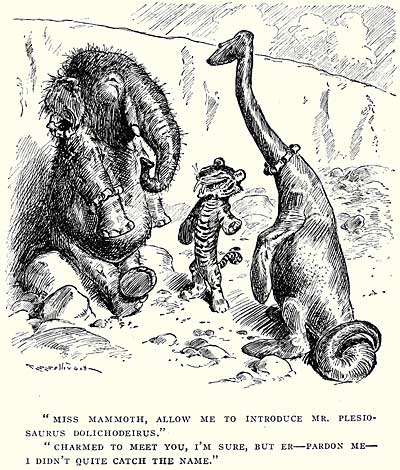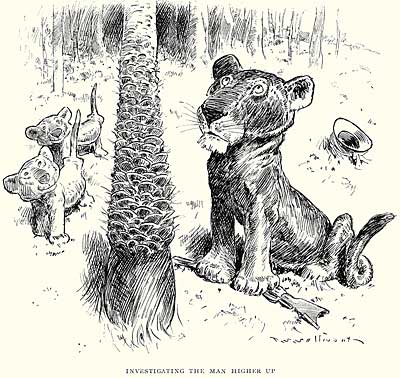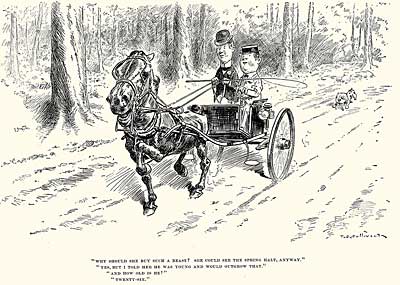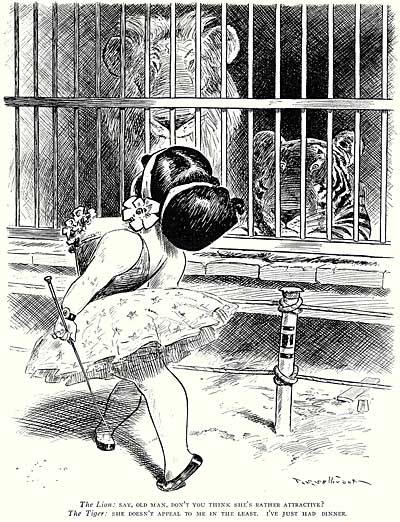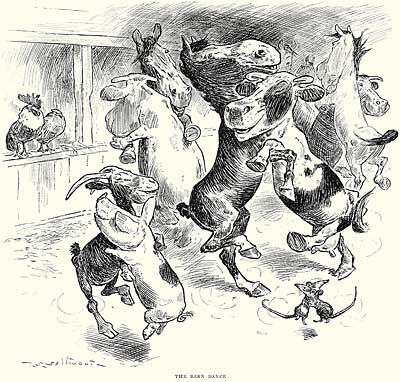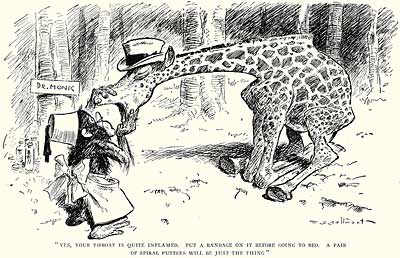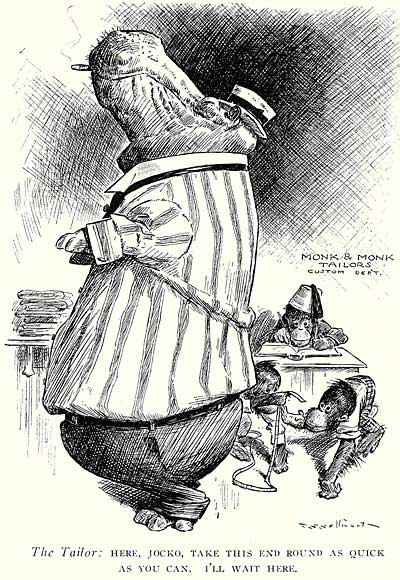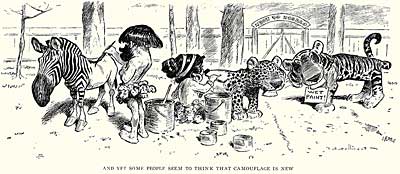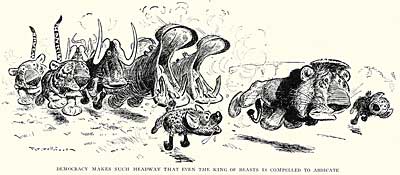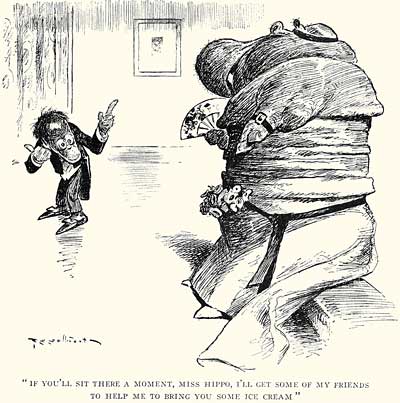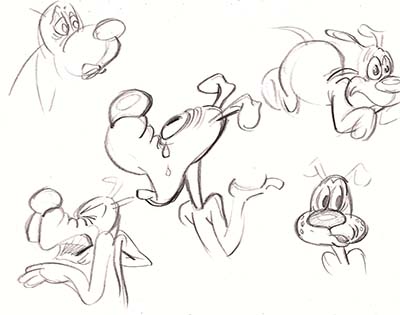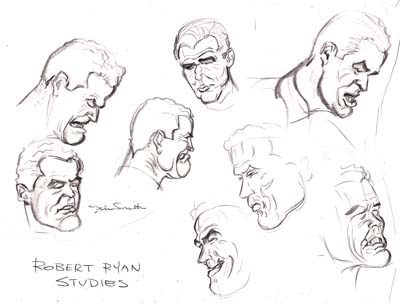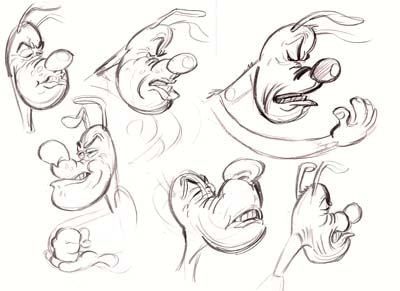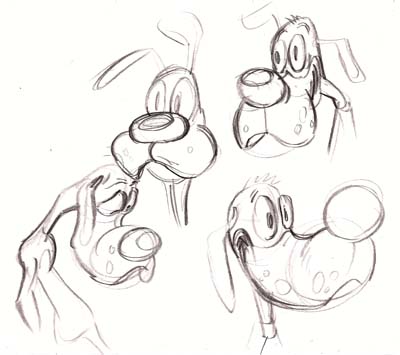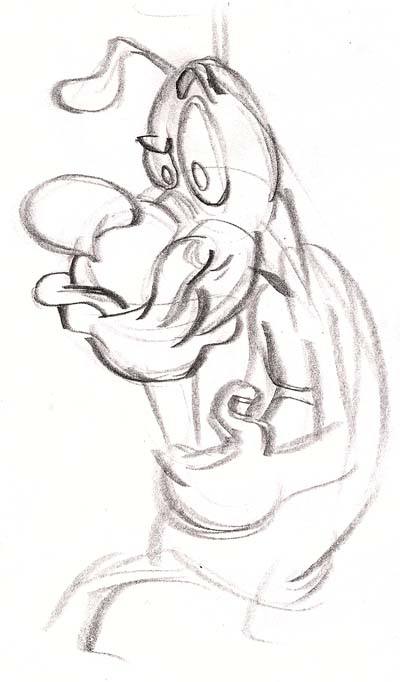 REFPACK027: April / May 2018
REFPACK027: April / May 2018
Every other month, members of Animation Resources are given access to an exclusive Members Only Reference Pack. These downloadable files are high resolution e-books on a variety of educational subjects and rare cartoons from the collection of Animation Resources in DVD quality. Our current Reference Pack has just been released. If you are a member, click through the link to access the MEMBERS ONLY DOWNLOAD PAGE. If you aren’t a member yet, please JOIN ANIMATION RESOURCES. It’s well worth it.
MEMBERS LOGIN To Download
JOIN TODAY To Access Members Only Content
HD QUALITY VIDEO:
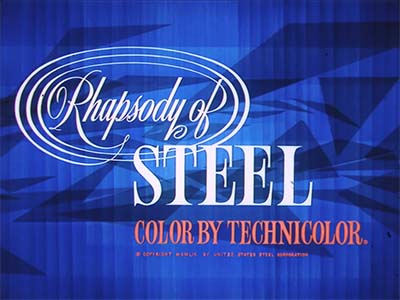
“Rhapsody Of Steel”
John Sutherland / 1959
John Sutherland’s studio was very influential in the mid-1950s, employing some of the best designers in the business. This film is no exception. Legendary stylists Eyvind Earle (Sleeping Beauty, Pigs is Pigs) and Maurice Noble (Duck Dodgers, How The Grinch Stole Christmas) collaborated on Rhapsody of Steel, and you can see evidence of both of their hands everywhere in this film. (Earle in the landscapes and textures, Noble in the bold primary and secondary colors…)
Time Magazine said of this film…
Rhapsody of Steel, a 23-minute animated cartoon that cost $300,000, is one of those rare industrial films with enough specific quality and general interest to play the commercial circuits. In the next few months it will be shown as an added attraction in several thousand U.S. movie houses. Made by former Disney Staffer John Sutherland, Rhapsody sets out to tell a sort of child’s history of steel from the first meteor that ever hit the earth to the first manned rocket that leaves it, and most of the time Moviemaker Sutherland proves a slick entertainer and a painless pedagogue. Unhappily, the music of Oscar-Winning Dmitri Tiomkin, who is probably the world’s loudest composer, bangs away on the sound track like a trip hammer. But the picture’s pace is brisk, its tricks of animation are better than cute, and the plug, when the sponsor slips it in on the final frame, is modestly understated: “A presentation of U.S. Steel.”
Thanks to Advisory Board member Steve Stanchfield for sharing this fantastic film with Animation Resources. Steve’s video company, Thunderbean Animation is doing great work uncovering and restoring rare animated films. We appreciate his support of our Animation Archive Project.
REFPACK027: Rhapsody Of Steel
M4V Video File / 22:24 / HD / 743 MB Download
MEMBERS LOGIN To Download
JOIN TODAY To Access Members Only Content
Here is a read-along storybook adaptation of John Sutherland’s industrial film, Rhapsody of Steel (1959). This book suffers from little tiny pictures and oceans of white space, so I’ve enlarged a bunch of the pictures so you can see them better.
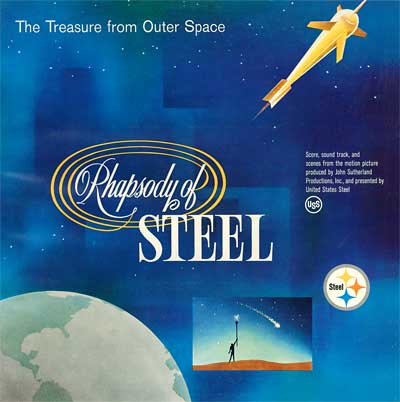

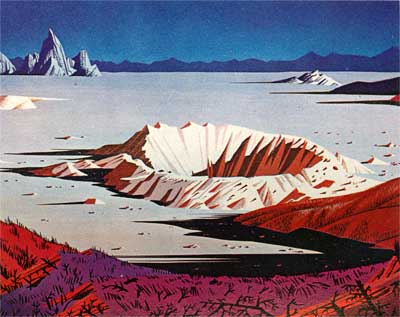
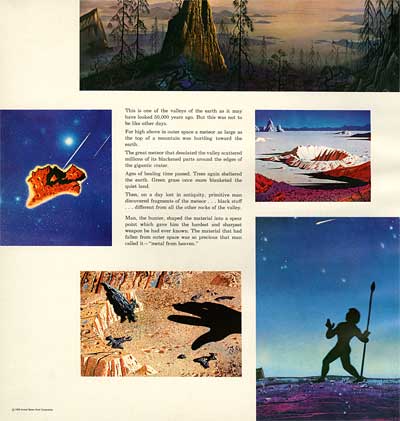
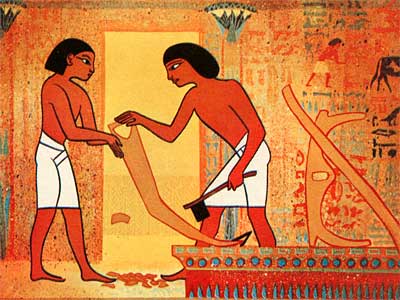
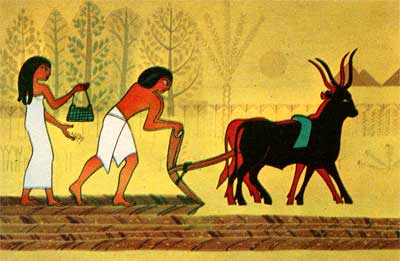
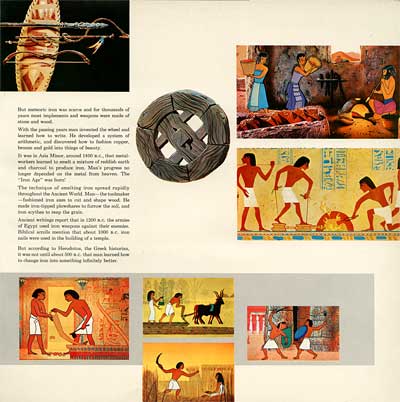
MEMBERS LOGIN To Download
JOIN TODAY To Access Members Only Content
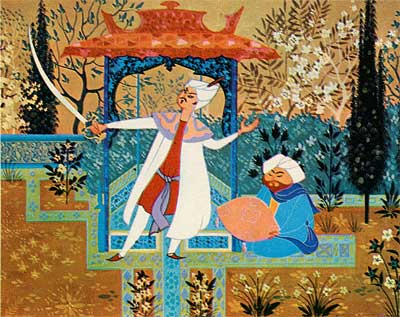
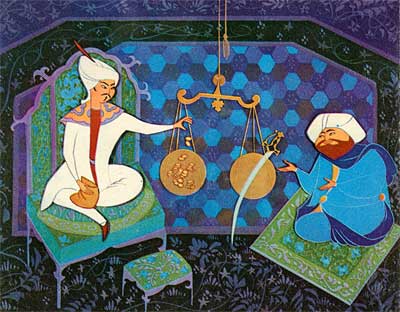
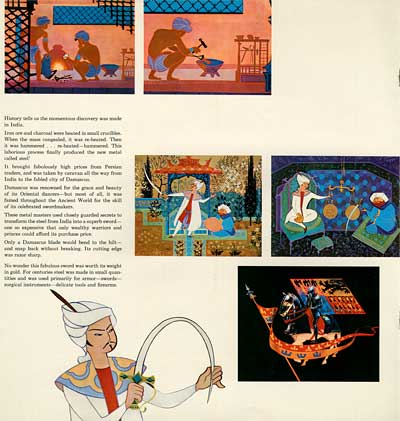
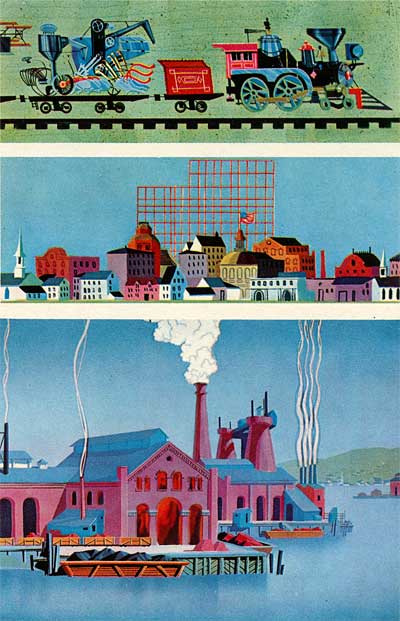
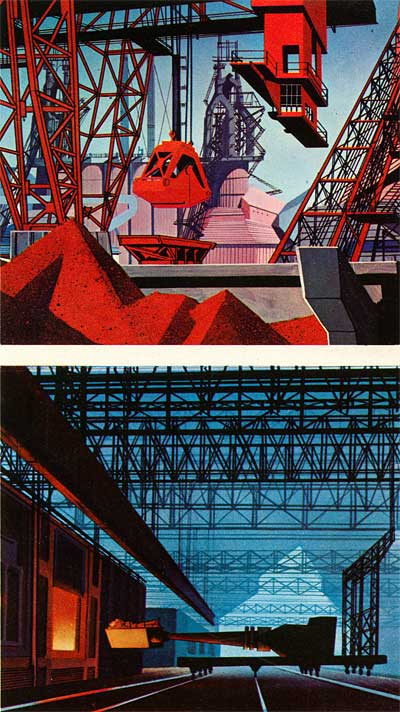
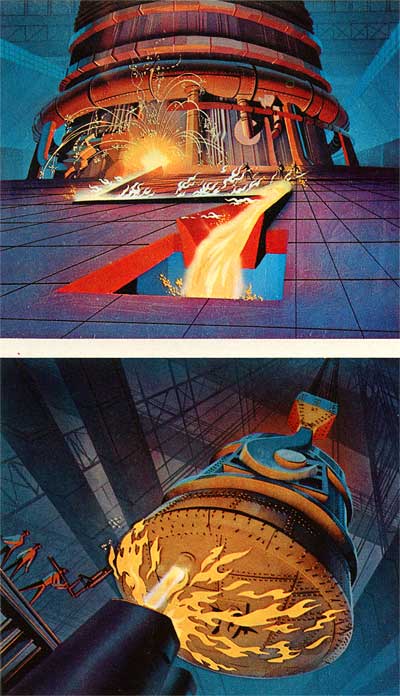
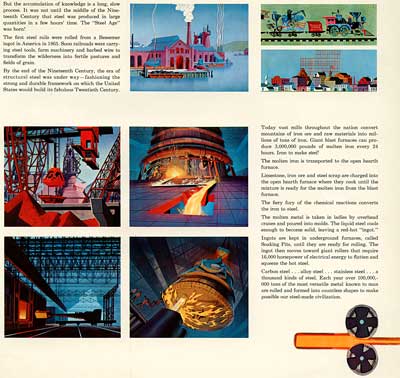
MEMBERS LOGIN To Download
JOIN TODAY To Access Members Only Content
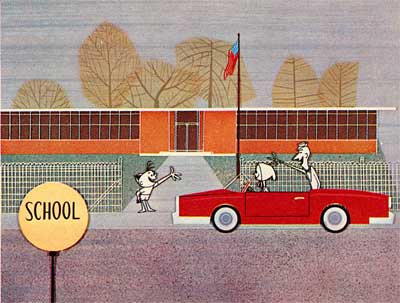
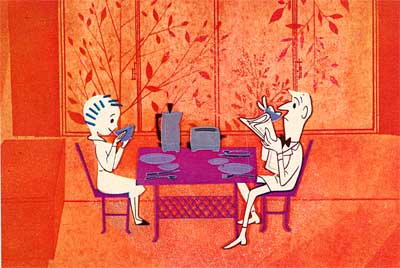
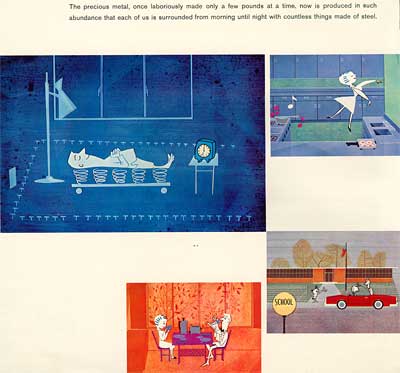
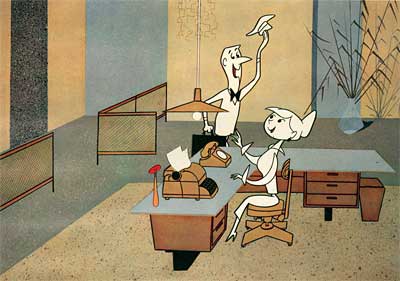
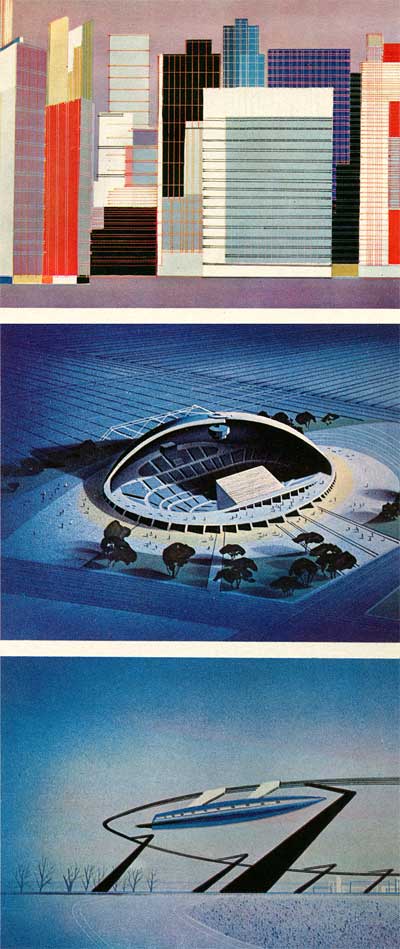
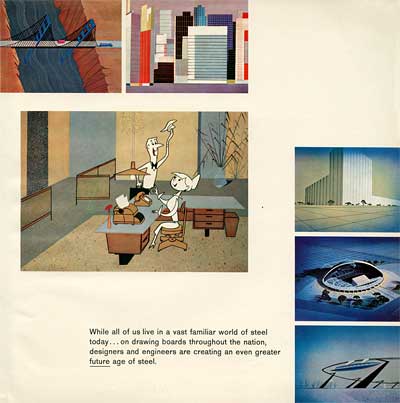
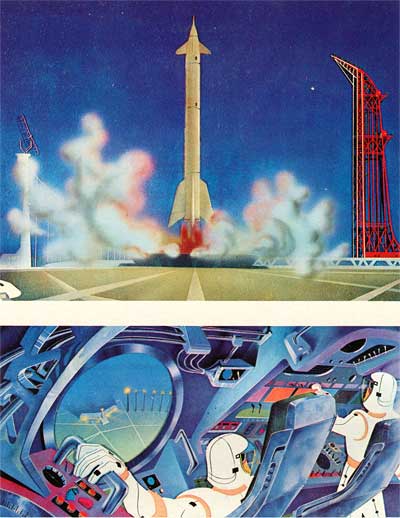
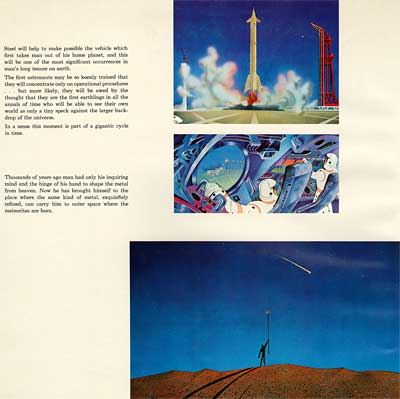
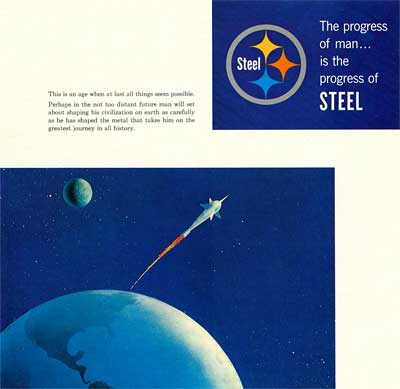


This posting is part of the online Encyclopedia of Cartooning under the subject heading, Animation.
MEMBERS LOGIN To Download
JOIN TODAY To Access Members Only Content
Not A Member Yet?
Check out this SAMPLE REFERENCE PACK! It will give you a taste of what Animation Resources members get to download every other month. When you see the treasures our members get to study, you will want to join!




Tell your friends to join Animation Resources!

More members mean we can bring you more special downloads.
Problems or Questions?

Email…
membership@animationresources.org









 by
by 
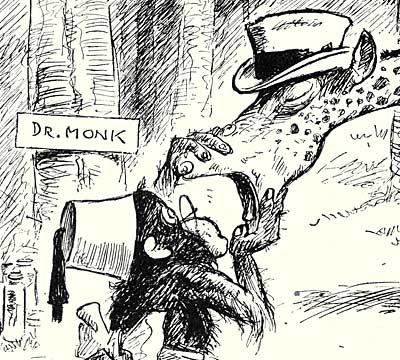
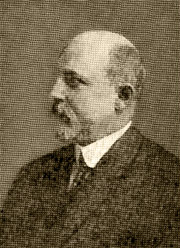
![]() T. S. Sullivant is one of the most important cartoonists in the history of the medium. He pioneered many of the elements of anthropomorphism that we now take for granted. The general public may not be familiar with his name, but animators sure appreciate his work. (See Eddie Fitzgerald’s first article on Sullivant and his second. Also see, Andreas Deja’s blog… T.S. Sullivant Part One and Part Two) The influence of Sullivant’s animals (along with the work of Heinrich Kley…) can be seen in many of the Disney features.
T. S. Sullivant is one of the most important cartoonists in the history of the medium. He pioneered many of the elements of anthropomorphism that we now take for granted. The general public may not be familiar with his name, but animators sure appreciate his work. (See Eddie Fitzgerald’s first article on Sullivant and his second. Also see, Andreas Deja’s blog… T.S. Sullivant Part One and Part Two) The influence of Sullivant’s animals (along with the work of Heinrich Kley…) can be seen in many of the Disney features.